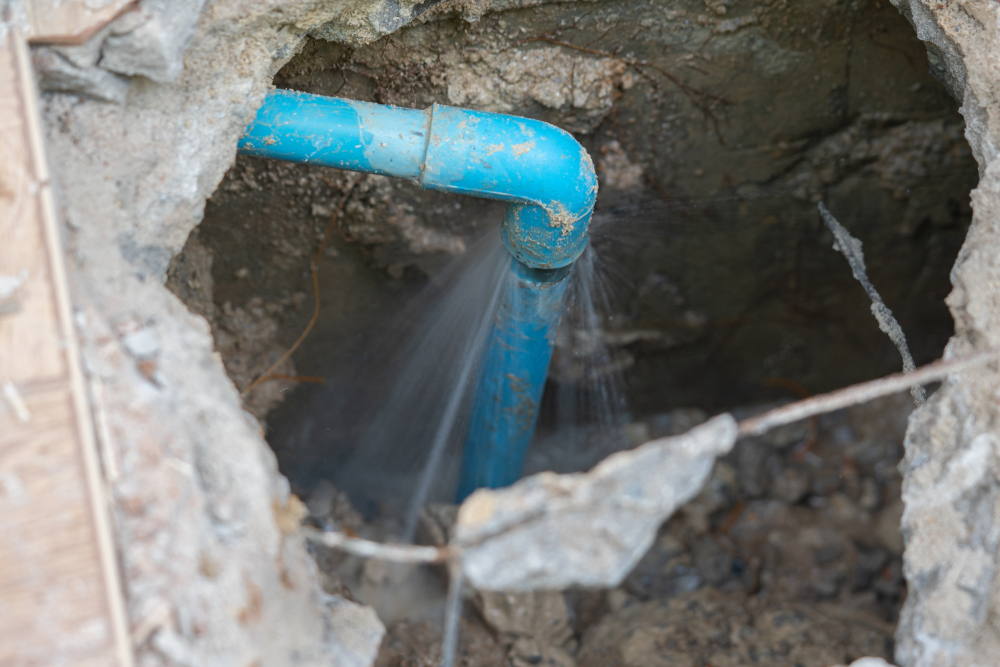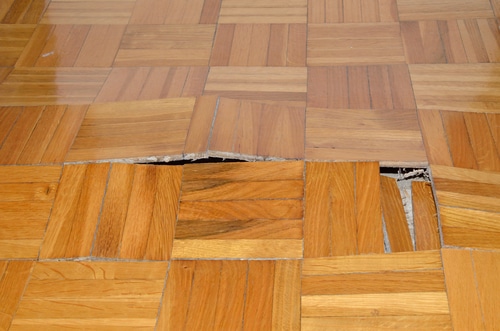How to Examine If Your Residence Has a Concealed Leak
How to Examine If Your Residence Has a Concealed Leak
Blog Article
Everyone seems to have their own unique thinking about Hacks to detect leaks.

Early detection of dripping water lines can mitigate a prospective calamity. Some tiny water leaks might not be noticeable.
1. Analyze the Water Meter
Every residence has a water meter. Checking it is a proven way that aids you discover leaks. For starters, turn off all the water resources. Guarantee nobody will purge, use the faucet, shower, run the washing device or dishwasher. From there, most likely to the meter and also watch if it will certainly transform. Given that nobody is utilizing it, there ought to be no motions. If it relocates, that shows a fast-moving leak. If you discover no changes, wait a hr or 2 and check back once more. This suggests you might have a slow-moving leakage that can even be below ground.
2. Check Water Consumption
Examine your water bills and track your water consumption. As the one paying it, you ought to observe if there are any kind of discrepancies. If you spot sudden changes, regardless of your consumption being the same, it suggests that you have leaks in your plumbing system. Remember, your water costs need to drop under the same array each month. An unexpected spike in your expense suggests a fast-moving leak.
A steady rise every month, even with the same behaviors, reveals you have a slow leakage that's additionally slowly escalating. Call a plumber to thoroughly check your home, specifically if you really feel a cozy location on your floor with piping beneath.
3. Do a Food Coloring Examination
30% comes from commodes when it comes to water consumption. Test to see if they are running appropriately. Decline specks of food color in the storage tank as well as wait 10 minutes. If the color somehow infiltrates your bowl during that time without flushing, there's a leak in between the container as well as bowl.
4. Asses Outside Lines
Do not neglect to examine your outside water lines as well. Ought to water leak out of the connection, you have a loose rubber gasket. One tiny leakage can waste lots of water and surge your water bill.
5. Inspect and Assess the Scenario
Property owners ought to make it a habit to examine under the sink counters as well as even inside closets for any type of bad odor or mold growth. These two warnings suggest a leak so timely attention is required. Doing regular inspections, even bi-annually, can save you from a significant issue.
Inspect for stainings and also weakening as the majority of devices as well as pipes have a life expectancy. If you think leaking water lines in your plumbing system, do not wait for it to intensify.
Early detection of dripping water lines can mitigate a potential disaster. Some tiny water leakages might not be visible. Examining it is a proven method that assists you find leaks. One little leakage can waste loads of water and also increase your water expense.
If you think dripping water lines in your plumbing system, don't wait for it to rise.
WARNING SIGNS OF WATER LEAKAGE BEHIND THE WALL
PERSISTENT MUSTY ODORS
As water slowly drips from a leaky pipe inside the wall, flooring and sheetrock stay damp and develop an odor similar to wet cardboard. It generates a musty smell that can help you find hidden leaks.
MOLD IN UNUSUAL AREAS
Mold usually grows in wet areas like kitchens, baths and laundry rooms. If you spot the stuff on walls or baseboards in other rooms of the house, it’s a good indicator of undetected water leaks.
STAINS THAT GROW
When mold thrives around a leaky pipe, it sometimes takes hold on the inside surface of the affected wall. A growing stain on otherwise clean sheetrock is often your sign of a hidden plumbing problem.
PEELING OR BUBBLING WALLPAPER / PAINT
This clue is easy to miss in rooms that don’t get much use. When you see wallpaper separating along seams or paint bubbling or flaking off the wall, blame sheetrock that stays wet because of an undetected leak.
BUCKLED CEILINGS AND STAINED FLOORS
If ceilings or floors in bathrooms, kitchens or laundry areas develop structural problems, don’t rule out constant damp inside the walls. Wet sheetrock can affect adjacent framing, flooring and ceilings.
https://www.servicemasterbyzaba.com/blog/how-to-detect-water-leakage-in-walls/

I came across that blog entry about Finding hidden leaks while doing a search on the internet. Sharing is nice. Helping others is fun. Thank-you for taking the time to read it.
Report this page